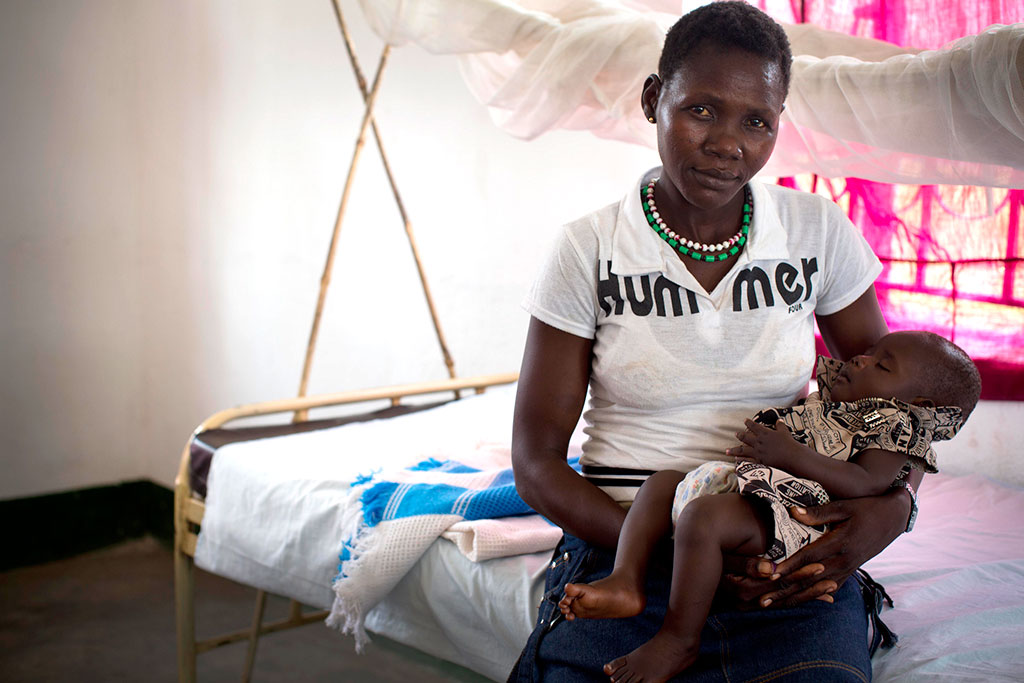This post originally appeared on the Maternal Health Task Force blog.
Yesterday, quality measures for maternal health were published in PLoS ONE in an attempt to fill the need for better definitions and tools for measuring and improving quality in labor and delivery (L&D) care.
Over the past decade, we have seen a profound shift in the use of maternal health services. Now, more than ever, women are delivering in health facilities, with an estimated 64% of women in developing countries and 51% of women in the 69 poorest countries giving birth in facilities in 2012.
But getting women into health facilities is not enough. Studies like Suellen Miller’s groundbreaking research in the Dominican Republic and more recent analyses of the Janani Suraksha Yojana (JSY) incentive program in India have shown that maternal mortality can stagnate even as facility deliveries increase rapidly, most likely due to poor quality of care. There are plausible reasons: For example, the removal of user fees or provision of cash incentives has increased the volume of institutional deliveries in many settings, but there has not always been a commensurate increase in available human resources or infrastructure.
The last few years have seen increasing calls to improve the information available about the quality of maternal health care. Steve Hodgins has written about the importance of measuring service content, not merely contact. More recently, Chris Elias of the Bill & Melinda Gates Foundation has spoken of the need to “unpack the black box of service delivery.” However, in maternal health, our most commonly used indicators remain measures of contact, such as facility delivery or delivery attendance by skilled care providers.
It is most crucial to improve information about the quality of L&D care. While antenatal and postnatal care are important, the intrapartum and immediate postpartum period are when we can avert the most maternal and newborn deaths. There is little agreement about what to measure to understand L&D quality, and many existing measures are very long, burdensome, and difficult to use. This is especially true when it comes to assessing quality by observing health services – even though such observation is believed to give the most accurate information about what is actually happening in L&D care, especially compared with reviewing health records or interviewing women.
In order to fill this need, we surveyed global maternal and newborn care experts to build a consensus on the dimensions of quality of care in the intrapartum and immediate postpartum period. These experts also rated a comprehensive set of 131 possible indicators for importance in assessing care quality, taken from the Maternal and Child Health Integrated Program (MCHIP) Maternal and Newborn Quality of Care Surveys (QoC Surveys). We then evaluated combinations of highly rated indicators across characteristics, such as representation of quality dimensions and ability to differentiate between poorly and well-performed deliveries. This validation used data from the direct observation of more than 1,100 deliveries in Kenya, Madagascar, and Tanzania (including Zanzibar), as part of the MCHIP QoC Surveys. A best-performing index was selected based on face, content, and criterion validity. This index reduces the initial list of 131 indicators down to just 20 essential actions during the intrapartum and immediate postpartum period, including both maternal and newborn care.
Most existing quality indicators proposed for maternal health services are based only on clinical guidelines and expert opinion. We sought to combine expert opinion with empirical validation. The index developed through this study provides a condensed set of indicators that can be used to evaluate routine L&D care more easily using clinical observation, which is the “gold standard.” We hope that this tool will help improve knowledge about the quality of facility-based care for mothers and newborns in sub-Saharan Africa and will help programs target their quality improvement efforts.
However, because observation of labor can take a long time, we have also developed a shorter tool that focuses just on delivery and the immediate postpartum period. This new tool has been pilot tested in Tanzania at sites supported by Jhpiego’s Mothers and Infants, Safe, Healthy, Alive (MAISHA) Program. Study results will be reported soon.
These new indices are part of a growing set of tools and approaches to better understand and improve the quality of maternal health care. We look forward to hearing from other colleagues working on these issues, particularly about ideas for how observation can be incorporated into ongoing quality measurement and assurance.
About the study: This study was made possible by the generous support of the American people through the United States Agency for International Development (USAID), under the terms of the Leader with Associates Cooperative Agreement GHS-A-00-08-00002-000. The contents are the responsibility of the Maternal and Child Health Integrated Program (MCHIP) and do not necessarily reflect the views of USAID or the United States Government.

